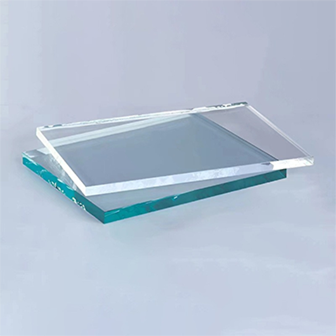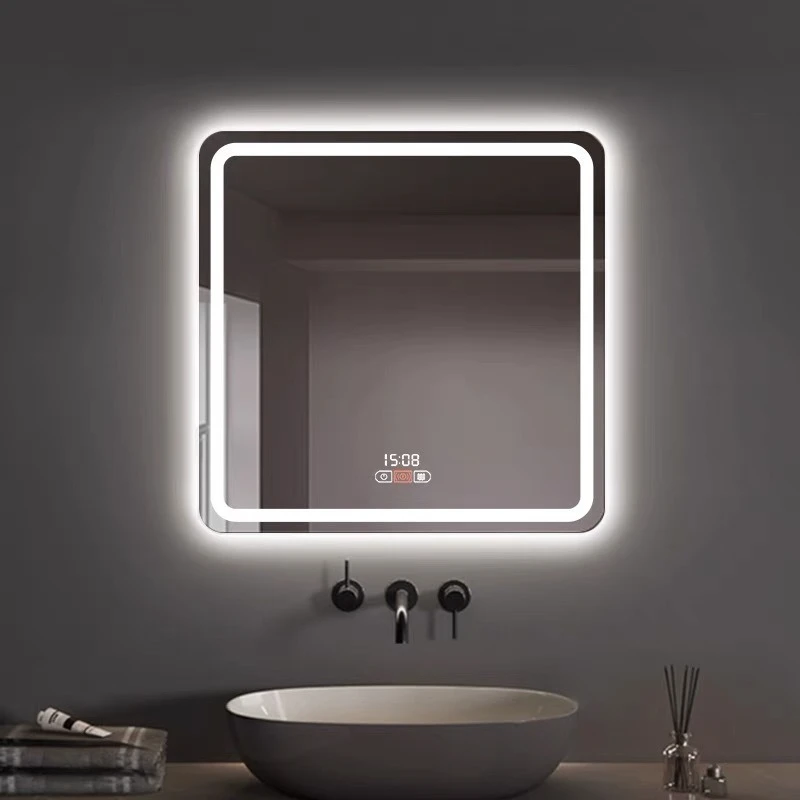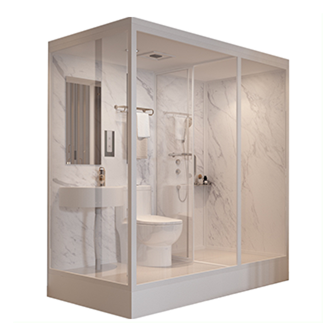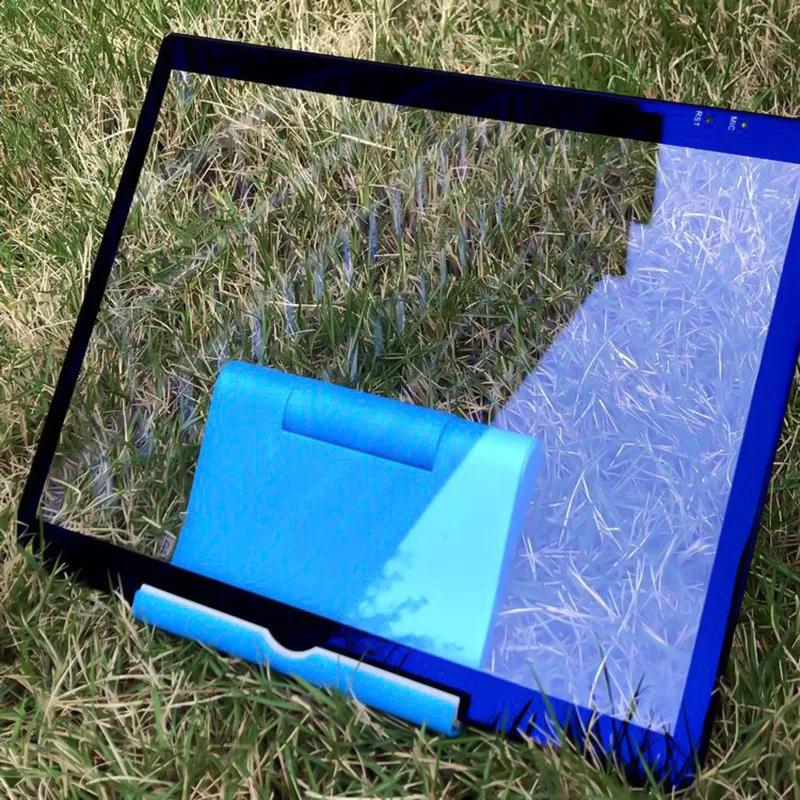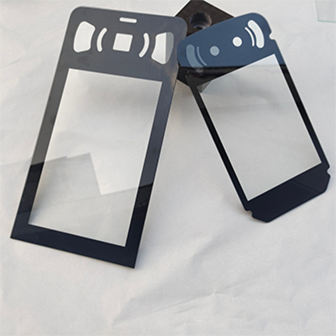Nov . 17, 2025 15:38 Back to list
Ceramic Fritted Glass: The Artful Balance Between Transparency and Privacy
In modern architecture, glass plays a far greater role than simply enclosing a space. It shapes the atmosphere of a building, influences natural light, and defines how people interact with their environment. Among the many innovative glass solutions used today, ceramic fritted glass stands out as one of the most versatile. It achieves something rare: a perfect balance between transparency and privacy, offering visual openness without compromising comfort, safety, or energy performance.
As commercial buildings, institutions, and residential spaces demand more sophisticated façade and interior solutions, ceramic fritted glass has become a top choice for architects, designers, and façade engineers. This article explores how ceramic fritted glass works, why it matters, and why it’s considered a remarkable blend of aesthetics and function.
What Is Ceramic Fritted Glass?
Ceramic fritted glass is produced by applying a ceramic-based ink (called frit) onto the surface of the glass. The frit pattern is heat-fused into the glass during the tempering or heat-strengthening process. Unlike coatings that can scratch or peel, ceramic frit becomes a permanent, durable part of the glass, resistant to UV exposure, chemicals, and weathering.
The frit can be applied in countless patterns — dots, lines, gradients, geometric shapes, or even custom artwork — giving architects the freedom to achieve both visual expression and functional performance.
The Beauty of Balancing Openness and Privacy
One of the most compelling strengths of ceramic fritted glass lies in its ability to provide controlled transparency. Rather than creating a fully open or fully opaque barrier, frit patterns allow designers to adjust the level of visibility to suit the building’s needs.
● Softened Transparency
Fritting disrupts direct sightlines without blocking daylight. This creates a sense of openness while preventing clear visibility into sensitive areas such as offices, bathrooms, healthcare spaces, or educational institutions.
● Strategic Privacy
Depending on the pattern density and color, ceramic fritted glass can provide light privacy or near opacity, making it ideal for spaces requiring discretion but still wanting a bright, airy ambiance.
● Harmonious Interior Comfort
By reducing glare and harsh sunlight, fritted glass creates a more comfortable environment for occupants. It enhances visual comfort without resorting to heavy blinds or interior shading systems.
The ability to adjust the pattern, color, and coverage percentage is what makes ceramic fritted glass a highly adaptable material in architectural design.
Functional Advantages Beyond Aesthetics
While ceramic fritted glass is admired for its artistic qualities, its performance benefits are equally important. It supports energy efficiency, safety, and long-term durability in modern buildings.
1. Energy Efficiency
Frit patterns help control solar heat gain by reducing the amount of direct sunlight passing through. This lowers cooling loads and contributes to a more energy-efficient building envelope. When combined with insulated glazing, fritted glass becomes a valuable component in sustainable design.
2. Glare Control
Harsh sunlight can cause visual discomfort, especially in offices or educational environments. Ceramic fritting scatters light, significantly reducing glare while maintaining brightness.
3. Bird-Friendly Design
Ceramic fritted glass is widely used in bird-safe architecture. Patterns break up reflections that typically confuse birds, greatly reducing collisions and supporting wildlife-friendly design.
4. UV and Heat Resistance
Because the frit is baked into the surface at high temperatures, it becomes an integral part of the glass. The result is unmatched durability — the pattern does not fade, peel, or degrade over time.
5. Customization and Branding
From corporate logos to intricate graphics, ceramic frit can turn building façades into powerful visual statements. Designers can match the frit pattern to a building’s theme or a company’s identity.
Applications of Ceramic Fritted Glass
Because of its flexibility and performance, ceramic fritted glass is widely used across multiple sectors:
-
Commercial buildings: façades, curtain walls, skylights, lobbies
-
Educational facilities: classroom partitions, atriums, privacy zones
-
Healthcare buildings: corridors, patient rooms, labs
-
Transportation hubs: airports, train stations, bus terminals
-
Residential projects: balconies, bathroom windows, feature walls
-
Retail: storefronts, branding façades, display areas
Its ability to combine privacy, safety, and design freedom makes it an indispensable architectural material.
How Ceramic Frit Enhances Architectural Expression
At its core, ceramic fritted glass is not just a technical solution — it is a design language. Whether used subtly or boldly, frit patterns influence how a building communicates with its surroundings.
● Patterns Create Rhythm and Movement
Stripes, grids, gradients, and organic forms add texture and visual interest to a façade, bringing dynamic expression to otherwise flat surfaces.
● Light Becomes a Design Element
Fritting interacts beautifully with natural light, casting soft shadows and creating elegant interior lighting effects throughout the day.
● Color Adds Depth and Identity
Ceramic frit is available in numerous colors, allowing designers to incorporate brand elements or thematic palettes directly into the glass.
This intersection of art, engineering, and material science is what makes ceramic fritted glass so compelling in contemporary architecture.
Why Ceramic Fritted Glass Is a Smart Choice for Modern Projects
With increasing emphasis on sustainability, occupant comfort, and visual sophistication, ceramic fritted glass aligns perfectly with the priorities of today’s architecture:
-
Balances privacy and openness
-
Enhances energy efficiency
-
Reduces glare and heat
-
Offers long-lasting durability
-
Improves building safety
-
Supports wildlife-friendly design
-
Enables full customization
-
Elevates aesthetic appeal
Whether used in small interior elements or large curtain wall systems, fritted glass delivers value far beyond its surface.
Ceramic fritted glass represents the ideal union of design and function. It allows buildings to feel open while maintaining comfort and privacy. It protects against excessive sunlight while enhancing energy performance. And perhaps most importantly, it becomes a medium through which architects can communicate creativity, brand identity, and spatial harmony.
As architecture continues moving toward smarter, more sustainable, visually expressive solutions, ceramic fritted glass stands as a material that meets both the technical and artistic needs of modern design — proving that transparency and privacy don’t have to exist at opposite ends of the spectrum. With the right frit pattern, they can coexist beautifully.
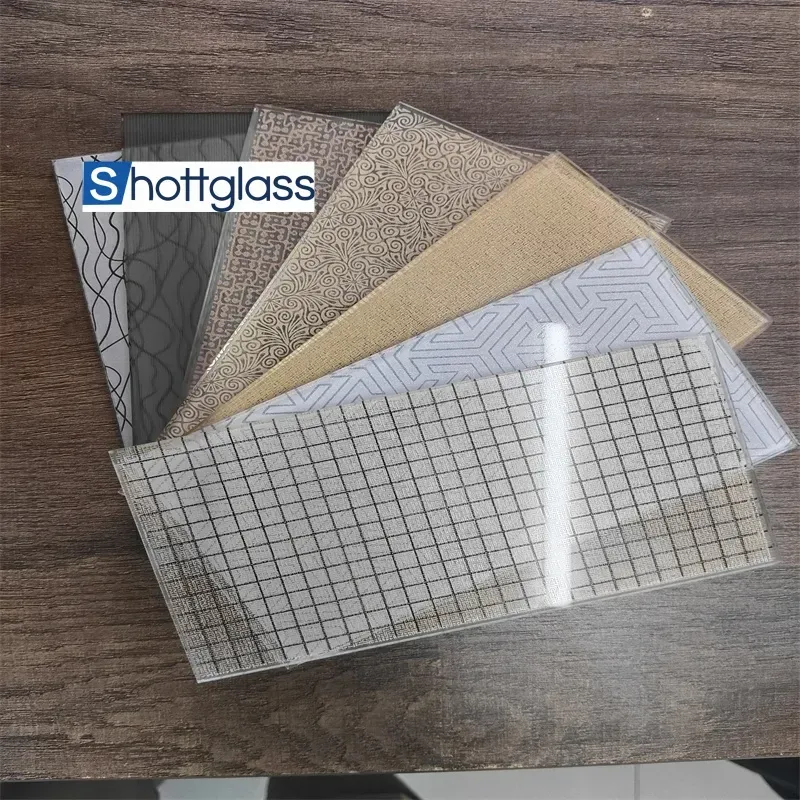
-
Types of Reflective Glass
NewsNov.17,2025
-
What Is Dichroic Glass?
NewsNov.17,2025
-
Smart LED mirrors can have touch controls
NewsNov.17,2025
-
Laminated glass improves energy efficiency
NewsNov.17,2025
-
Insulated glass enhances building comfort
NewsNov.17,2025
-
Acid etched glass offers elegant privacy
NewsNov.17,2025
Related PRODUCTS


